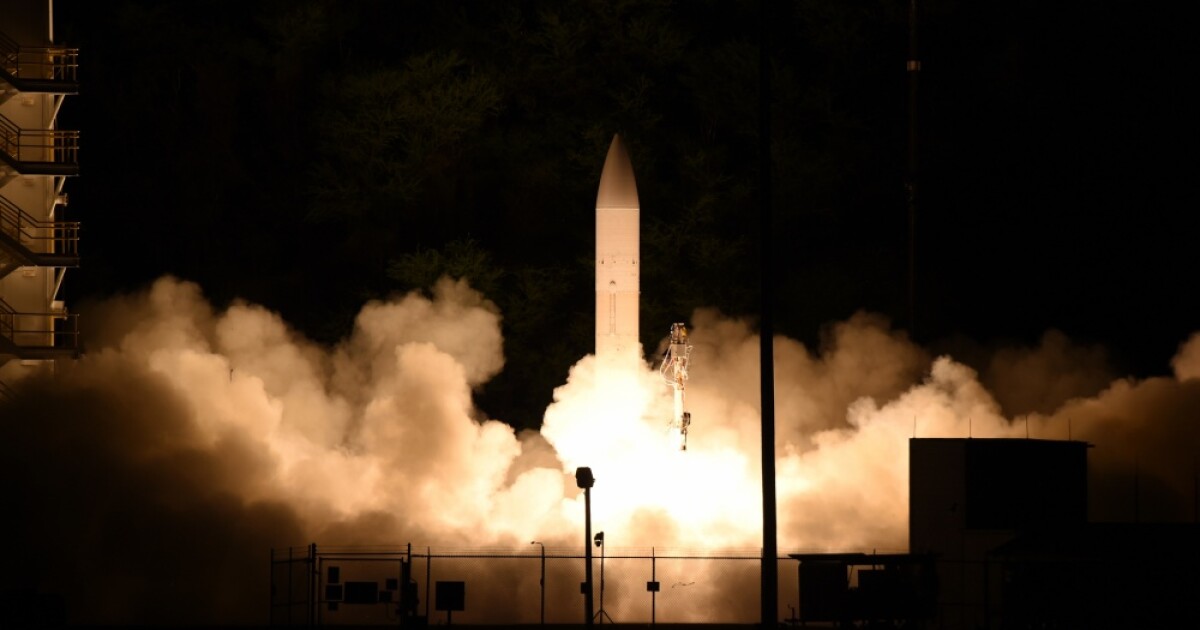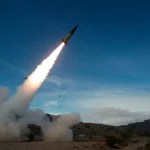

A top Defense Department official focused on hypersonic weapons does not believe the United States is in the middle of an arms race against China and Russia.
A group of defense officials testified in front of a House subcommittee on Friday about the status of the U.S. hypersonic weapons program, systems that travel five times the speed of sound and have additional maneuverability, and those of adversaries.
US HAS ‘GROWING CONCERN’ OVER CHINA’S RELATIONSHIP WITH RUSSIA
“It is important to note that the United States is not engaged in an arms race, but instead, hypersonic strike systems are needed to preserve deterrence because they offer a critical regional advanced strike capability that will complement existing joint force strike options,” Michael White, principal director for hypersonics in the Office of the Undersecretary of Defense for Research and Engineering, told the Subcommittee on Strategic Forces.
When pressed on what would constitute an arms race, White explained, “I define an arms race in the traditional sense of a numerical parity. They have 47 widgets, so we need 50.”
Dr. Michael Horowitz, the director of the Emerging Capabilities Policy Office with the Pentagon, told subcommittee members the department is planning to “develop conventionally armed regionally based hypersonic weapons.”
“Offensive hypersonic systems will be especially critical on a battlefield where the adversary has deployed high-end defensive and anti-access systems designed to limit the effectiveness of traditional U.S. weapons on a timescale needed to avoid a military, diplomatic, or political fait accompli,” he said. “Like any military technology, hypersonic systems are not a be-all and end-all. … However, as the battlefield environment becomes increasingly more contested, hypersonic systems will be a critical tool to deliver highly responsive, survivable, and long-range effects to supplement and sometimes enable our more traditional capabilities.”
“In addition to developing offensive hypersonic weapons, we are developing a comprehensive layer defeat capability to defend against adversary hypersonic systems,” he added, but the speed, maneuverability, long-range, and high-altitude capabilities of hypersonic weapons make defending against such weapons a tall order.
CLICK HERE TO READ MORE FROM THE WASHINGTON EXAMINER
Paul Freisthler, the chief scientist for science and technology at the Defense Intelligence Agency, told the subcommittee that China is leading Russia in the support infrastructure around their hypersonic programs and the number of systems they possess, though both have conducted numerous successful tests.
China has “dramatically advanced its development of conventional and nuclear-armed hypersonic missile technologies and capabilities through intense, focused investment, development, testing, and deployments,” he explained.






